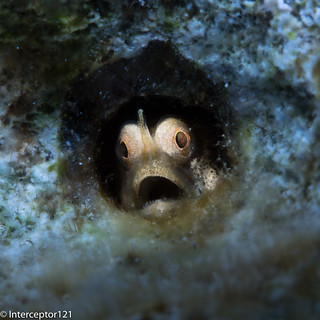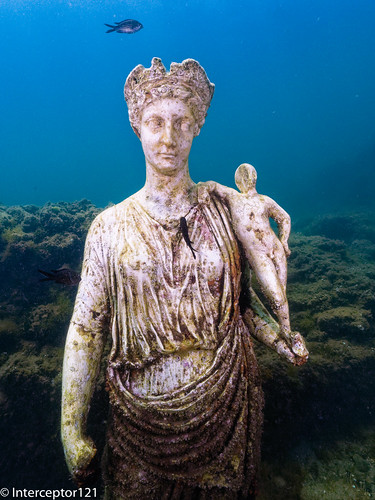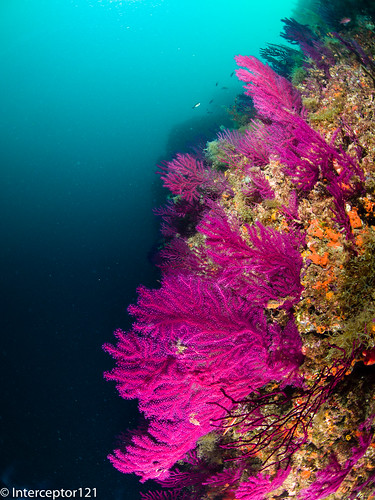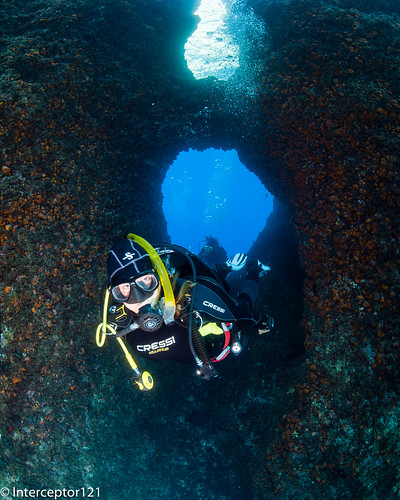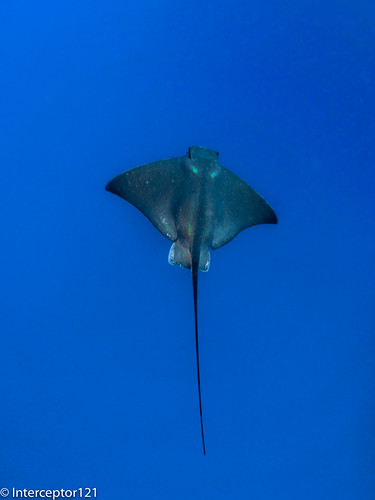I have been shooting MFT underwater since 2014 coming from compacts but I have also owned DSLR cameras for land use. As I initially focussed my underwater imaging on video I adopted Panasonic MFT cameras as they have an edge in terms of video use coming from Panasonic long established video and broadcast legacy.
Recently, just days before the divestiture announcement, I have purchased an Olympus OMD EM1MKII. I have decided on this camera as during lockdown I have been attempting pictures of birds in flight and the autofocus of my Panasonic G9, that I was using since February for land pictures, was not satisfactory.
I have since pondered if it made sense to switch to Olympus also for underwater use and I have considered the pro and cons of this choice compared to Panasonic semi pro models GH5 and G9. I thought of sharing my thinking with you so that if you are considering an MFT system as your next investment for underwater imaging you have a point of reference.
Note: I am only considering the top range Olympus cameras as others do not offer in my opinion any benefit over Panasonic range.
Strengths of OMD System
Olympus OMD Auto Focus system
At time of writing the OMD EM1 series and the EM5 Mark III use an Olympus specific on sensor phase difference detection auto focus system. Note this is different to DSLR phase detection and more similar to Sony hybrid AF system.
I found this system to be very effective with birds in flight once locked on the subject and much faster in locking on subjects as long as the background was clear; with this I mean this system still struggles if there is a busy background to acquire focus. In particular the CAF with tracking is very effective for birds that do not move too fast in the air or are about to take off from a fixed spot. It also effectively tracks at higher frame rate any type of object in motion. This system is superior to Panasonic CAF that is based on motion estimation for shots following the first one of the burst. More specifically it is harder to acquire focus for the first time with Panasonic and the following shots are estimated using a motion prediction algorithm without continuous autofocus. This feature is the one that sets Olympus camera that have phase detection AF apart from Panasonic and from more economic Olympus model such as the OMD EM10 series. Another useful feature is that in review mode it tells you what the camera focussed on.
Other features of OMD system for land use
If you shoot at night another very useful feature is live composition, this is very useful for fireworks or star trails but not effective for real astrophotography for which you need a star tracker or use stacking. Other features that are present in the newer EM1MKIII like starry AF are in my opinion not useful if you know how to focus on stars.
Olympus Housing Costs
As Olympus bodies are smaller and simpler the housing cost compared to Panasonic G and GH series is 30% lower this is material in the scheme of things as Panasonic Pro housing are almost as expensive as an APSC DSLR. This for me is the single most important factor.

Drawbacks of Olympus Cameras
Lack of on Screen Manual Focus Guide
The most evident one for macro shooters is the lack of on screen MF guide as displayed in Panasonic cameras. This very useful for macro but also for astrophotography and video as you know if your camera is at the macro or tele end. For macro underwater photography this means you know if you have hit the minimum working distance and maximum magnification so now you can focus on getting the shot using peaking.
Olympus does not offer a guide but you can pre-set a mode called Pre-MF to minimum distance however I found the on screen peaking to be really poor and ultimately getting less magnification in macro shots.
Exposure Aids
While Panasonic offers customisable Zebra on screen Olympus only offers a red and blue colouring and the levels only offer limited customisation on a 0-255 8 bits scale. This is OK for checking clipping in absolute but not good for specific exposure targets.
Video Mode
The video modes of the OMD are simply poor and the codec quality just good for your occasional video. The lack of exposure aid and support for manual focus make the whole video experience very very dissatisfactory.
Framing
With Panasonic you can set framing guides on the screen for 1:1 5:4 whatever you like without changing the image aspect ratio, this is useful if you want to frame a shot for a specific platform. Olympus lacks this feature entirely.
Image Quality
I can confirm that for underwater and land use I see zero difference in performance between my OMD EM1MKII and the GH5 in the range ISO 200-1600. It is true that the Jpeg settings are different and the color rendering is different for Jpeg however shooing RAW files this becomes irrelevant and I can’t distinguish the shots when the calibrated adobe profiles are used in Lightroom. I believe at some point that Olympus images were sharper however this was due to the images being better in focus when it comes to birds and subjects fast moving.
In terms of JPEG rendering Olympus choices are better for nature and landscapes with more saturated colours, for portraits I prefer the Panasonic rendering. Again those settings are not relevant for RAW files.

Conclusion
In my opinion the most attractive feature of Olympus cameras for underwater photography use is actually the reduced cost and size of the housing. While the extra strength are surely worth for land wildlife photography I truly do not think they make any difference underwater. For sure it would be better to do a field test, this so far has not been possible and if anybody gives me an OMD EM1MKII housing to test I would be very happy, however using the tools made available by Panasonic I do not get almost any shots out of focus and those there are blurred are because I forgot to change a setting on the camera.
For video I cannot recommend the Olympus system at all, Panasonic is way ahead on this on a number of accounts.
In conclusion if you are 100% focus on photography and just take an occasional video the OMD system is light more compact and less expensive. It will not give any edge to your images as the sensors are identical. If you shoot a mix of video and photos the choice is Panasonic. Rest assured none of the AF strength of Olympus will improve your hit rate, if your shots are blurred you are likely using the wrong settings with your camera. The housing costs tho are higher and the rigs are less portable.

